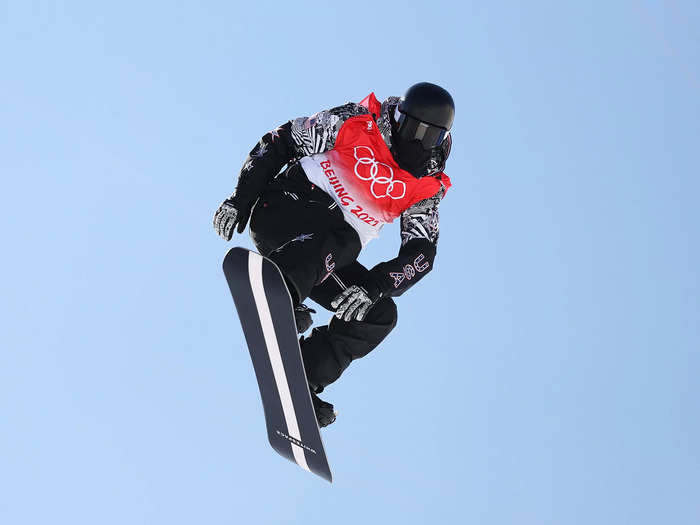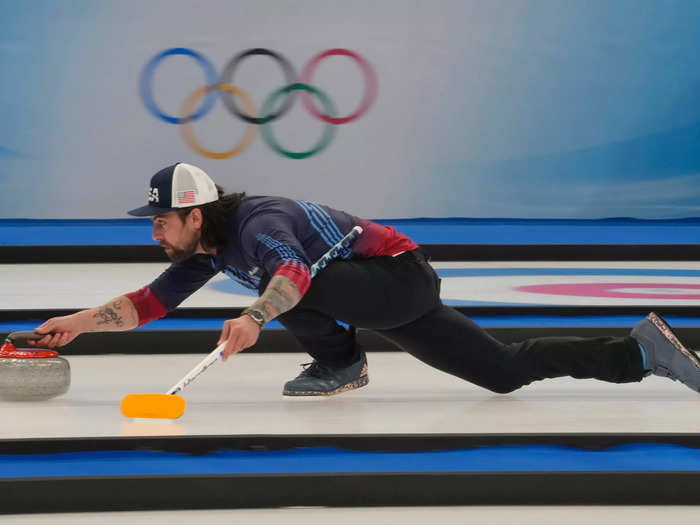Being an Olympian is expensive, and the US is one of only a few countries that stays out of funding its team.
Shaun White competing at the Beijing Olympics in 2022. Ezra Shaw/Getty Images
Sure, the most accomplished and popular athletes like Sean White and Eileen Gu (who's representing China) can make millions from endorsements and sponsorships. Others can get by on modest salaries from professional sports careers.
Some also collect stipends and prize money — the US pays medalists $37,500, $22,500, and $15,000 for gold, silver, and bronze, respectively.
And many are so young that fully supporting themselves isn't yet top of mind.
But American athletes don't get paid to go the Olympics, and athletes can need $100,000 annually just to sustain their sporting careers — travel, equipment, coaching, recovery therapies, and nutritious foods aren't cheap. Some just want something to do on the off-season.
Here's how five Americans who competed in Beijing make a living, whether out of necessity or passion.
Curler Chris Plys left college to take over his father's food brokerage company in 2011.
Team USA curler Christopher Plys. Michael Madrid-USA TODAY Sports
Plys, a 34-year-old from Duluth, Minnesota, served as an alternate at the 2010 Winter Games in Vancouver. 12 years later, he returned to the Olympic stage for two events: mixed doubles, in which he and his partner placed eighth, and as a member of the US men's team, which took fourth.
In between it all, Plys, the oldest of five, left college to take over a food brokerage company from his dad, who died of cancer in 2012.
"It was the first major thing that I had gone through after the Olympics and I just was forced to grow up fast," he told USA Today.
His fiancee has been helping out with the company to allow Plys to focus more on curling. "I guess when I look in the mirror today, I'm a lot more proud to see who's looking back than I was when I was 22 years old,' he told USA Today.


